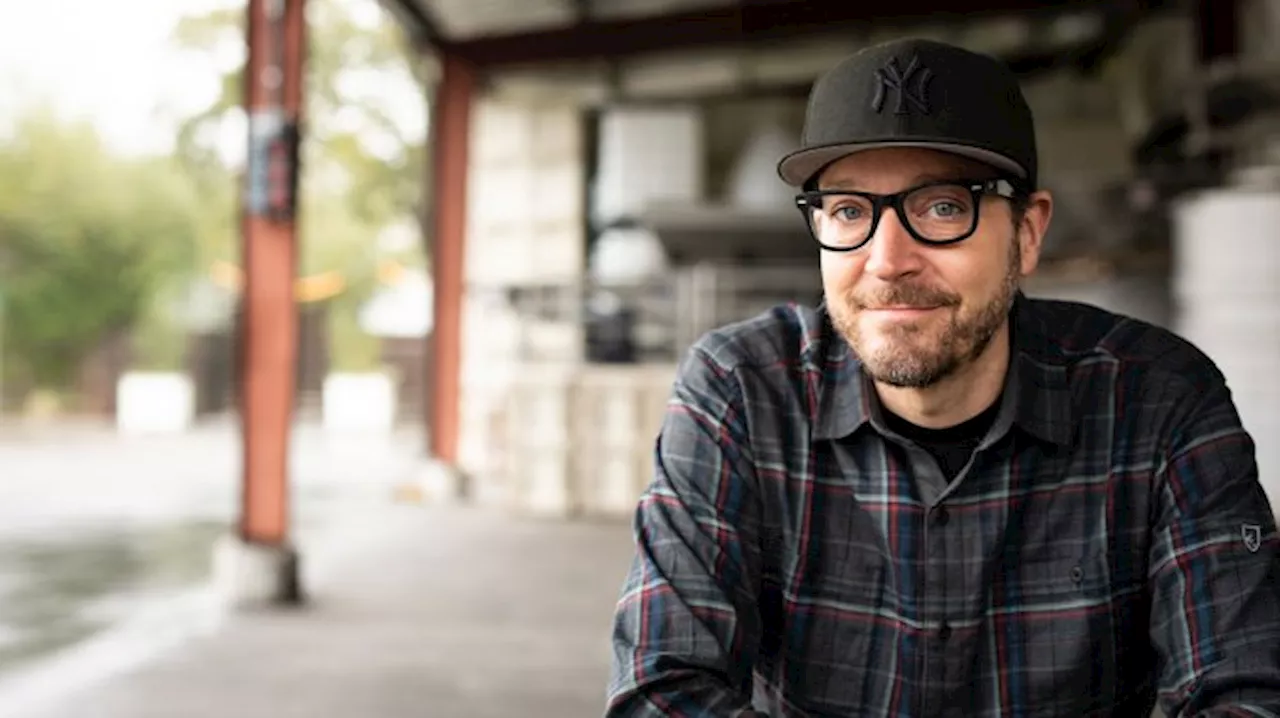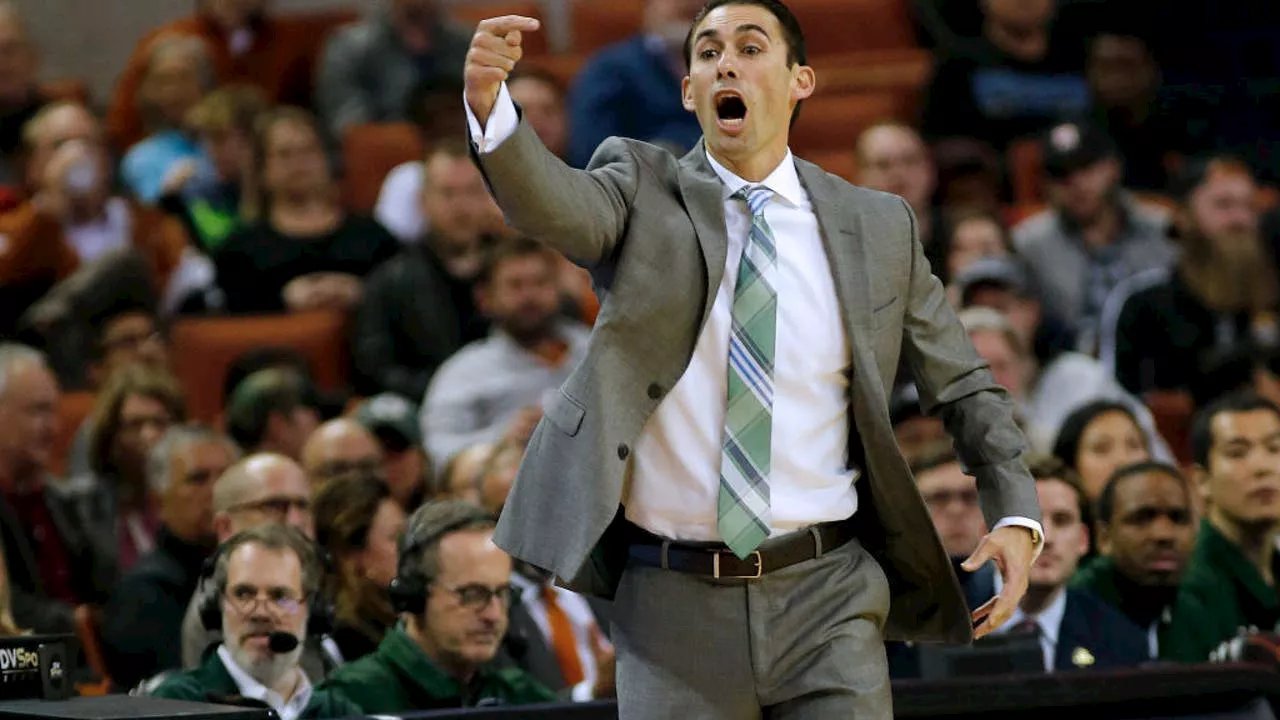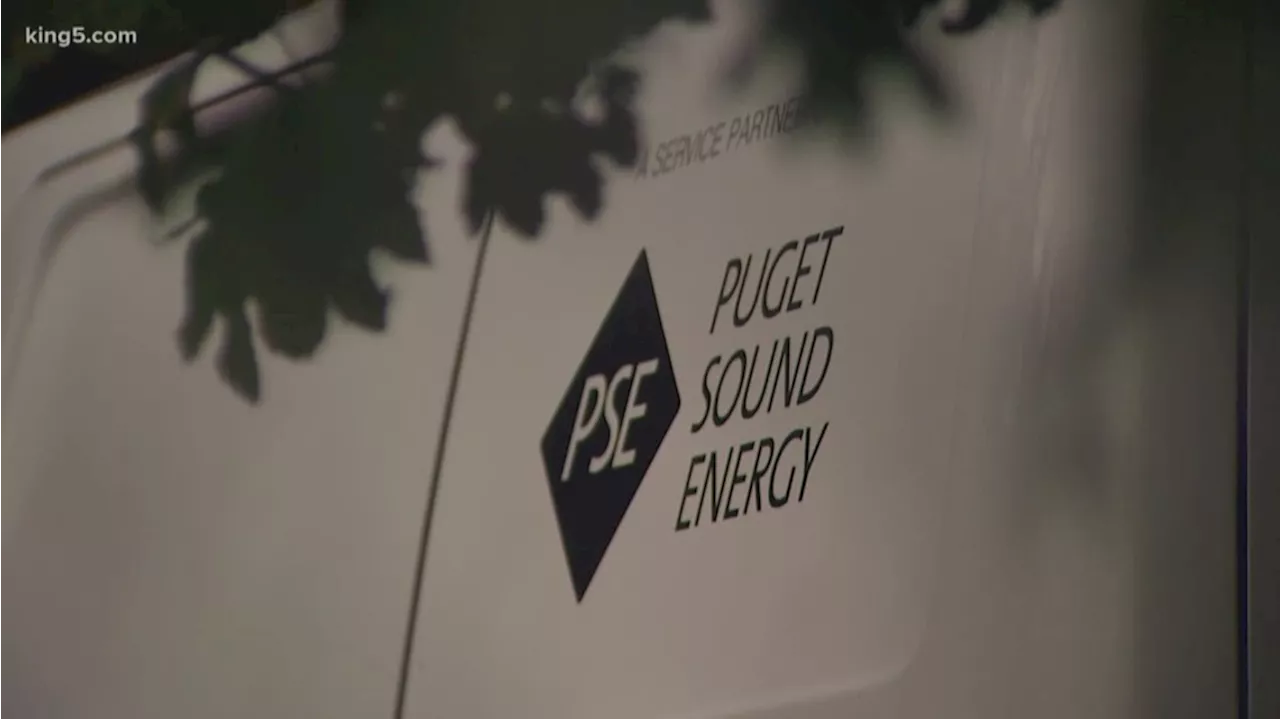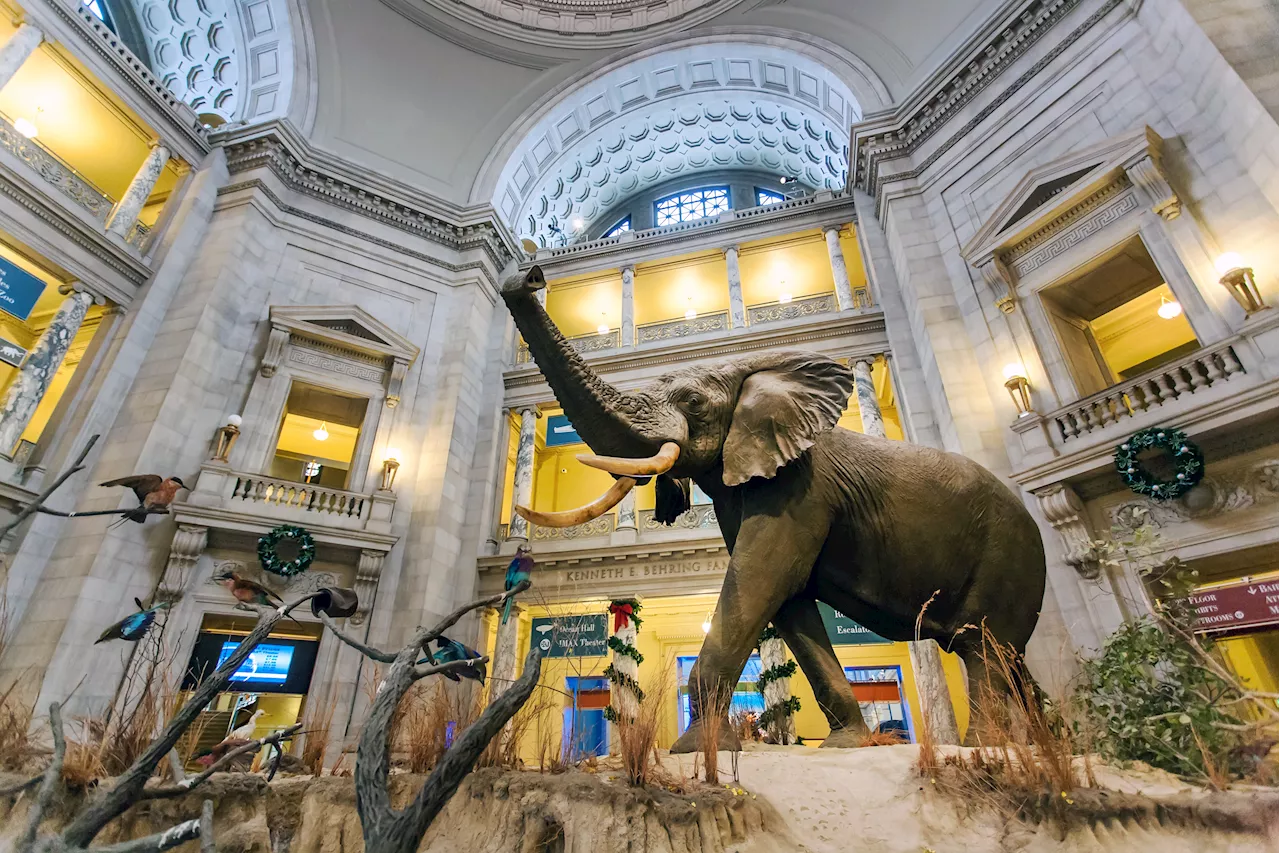Natural history museums are like time machines, putting us up close with the distant past. But as technology encroaches, some pointed questions arise.
Sign up for our email newsletter for the latest science newsDavid Grimaldi pauses before a gleaming white cabinet, one of dozens arranged in long rows in a sparse, high-ceilinged room on the first floor of the American Museum of Natural History in New York. With care, Grimaldi pulls a glass-topped box from its shelf, revealing row upon row of jewel-bright butterflies pinned to a backing board, their yellow and aquamarine hues little dimmed by age.
It’s been said by some researchers that collections like these are the closest thing we have to a time machine, offering scientists access to specimens hundreds of years old that can hold troves of information. Items in museum collections, from sauropods to star maps, can enable researchers to trace disease outbreaks, track the progression of climate change, and safeguard vulnerable cultures, to name a few.
Specimens from the Cornell University Museum of Vertebrates showcase the stunning diversity of colors, patterns, shapes, and sizes among birds. , or “seat of the muses,” evokes a very specific kind of institution, one that formed in the expansionist, imperialist world of 19th-century Europe. Beginning in the late 1800s, museum curators pursued an encyclopedic vision as they focused on “collecting the world,” says Diana Marsh, an information scholar and anthropologist who studies museums.
That dark data has proven to be far more expansive than the scientists of the past imagined, largely thanks to new and innovative approaches for mining those vast reservoirs. With technologies like DNA sequencing and CT scanning, researchers have managed to glean insights from old specimens never thought possible before. For example, CT scans of wasps trapped in amber allow scientists to construct minutely detailed 3D models of insects from millions of years ago.
But some scientists worry that collections — and by extension, the crucial insights they contain — could be in trouble. In an opinion piece published in the journalin 2022, behavioral ecologist Vanya Rowher and his co-authors point out that the addition of new physical specimens from major vertebrate groups to collections has declined by as much as 76 percent since 1965. For some, the rate of collection is lower than it was during World War II.
Some modern researchers have argued that these practices can be considered a form of natural-resource extraction. And while museums around the world, including the AMNH, have begun taking steps to repatriate items taken from Indigenous peoples, many of the cultural items and even some specimens in collections today are tarnished by a legacy of theft.
The Gilder Center at the AMNH features a butterfly vivarium, as well as 3,000 artifacts and specimens on display from the museum’s collections. Just a floor up from the butterfly collection in the AMNH, 80 species of butterfly — the living counterparts to the carefully pinned species in the museum’s collection — flit nimbly amidst a riot of tropical flowers in the vivarium. A crowd of visitors circulates, shedding jackets due to the humidity.
In these storage rooms-turned-displays, an area known as the Collections Core, visitors can view jars of preserved fish specimens, their skin turned translucent, their skeletons stained a bright red. Meanwhile, just behind the shelves of specimens, scientists from the museum and around the world put specimens just like them under microscopes. “Our entire fish collection is in this new building,” says Cheryl Hayashi, the provost of science at the AMNH and a spider biologist.
It’s tough to contest the validity of evolution when you can see the remains of primates and ancient humans lined up in front of you. Similarly, marveling at the beauty of an endangered butterfly makes the biodiversity crisis feel personal in a way that’s tough to replicate online. But the visceral value of these objects sits uneasily beside the painful history of how some of them got there in the first place.
United States Latest News, United States Headlines
Similar News:You can also read news stories similar to this one that we have collected from other news sources.
 One of Natural Wine’s Biggest Advocates Isn’t Into Natural Wine Anymore—Here’s Why.Patrick Cappiello, one of natural wine's biggest advocates, has announced that he will be filtering his wines and adding sulfur to them.
One of Natural Wine’s Biggest Advocates Isn’t Into Natural Wine Anymore—Here’s Why.Patrick Cappiello, one of natural wine's biggest advocates, has announced that he will be filtering his wines and adding sulfur to them.
Read more »
 The Environmental Impact of Natural Gas DependencyA personal account of living in a home dependent on natural gas and the environmental implications.
The Environmental Impact of Natural Gas DependencyA personal account of living in a home dependent on natural gas and the environmental implications.
Read more »
 Why Rob Ehsan is a natural fit as UIC's next men's basketball coachRob Ehsan is now taking over as the Flames head coach in a massive basketball community a chance to make his own mark on a program looking for consistency in the Missouri Valley Conference.
Why Rob Ehsan is a natural fit as UIC's next men's basketball coachRob Ehsan is now taking over as the Flames head coach in a massive basketball community a chance to make his own mark on a program looking for consistency in the Missouri Valley Conference.
Read more »
 New Washington state law does not 'ban' natural gas, does discourage useA U.S. Fish and Wildlife proposal to kill non-native barred owls to protect the endangered northern spotted owl has sparked controversy among conservation groups.
New Washington state law does not 'ban' natural gas, does discourage useA U.S. Fish and Wildlife proposal to kill non-native barred owls to protect the endangered northern spotted owl has sparked controversy among conservation groups.
Read more »
 Turning Natural papered over on H Street, NE14th and H Street, NE opened early 2017 'Dear PoPville, Looks like Turning Natural on H Street NE is permanently closed. On my walk into work this morning, all the windows were covered in paper, a man was unloading the store stock into a truck, and there were 3 U.S.
Turning Natural papered over on H Street, NE14th and H Street, NE opened early 2017 'Dear PoPville, Looks like Turning Natural on H Street NE is permanently closed. On my walk into work this morning, all the windows were covered in paper, a man was unloading the store stock into a truck, and there were 3 U.S.
Read more »
 Doja Cat Reacts to Fans Saying Her Natural Hair Looks Like ‘Carpet'Doja Cat hit back at fans who criticized the texture of her natural hair as seen on the cover art for her new single, ‘Masc’
Doja Cat Reacts to Fans Saying Her Natural Hair Looks Like ‘Carpet'Doja Cat hit back at fans who criticized the texture of her natural hair as seen on the cover art for her new single, ‘Masc’
Read more »
